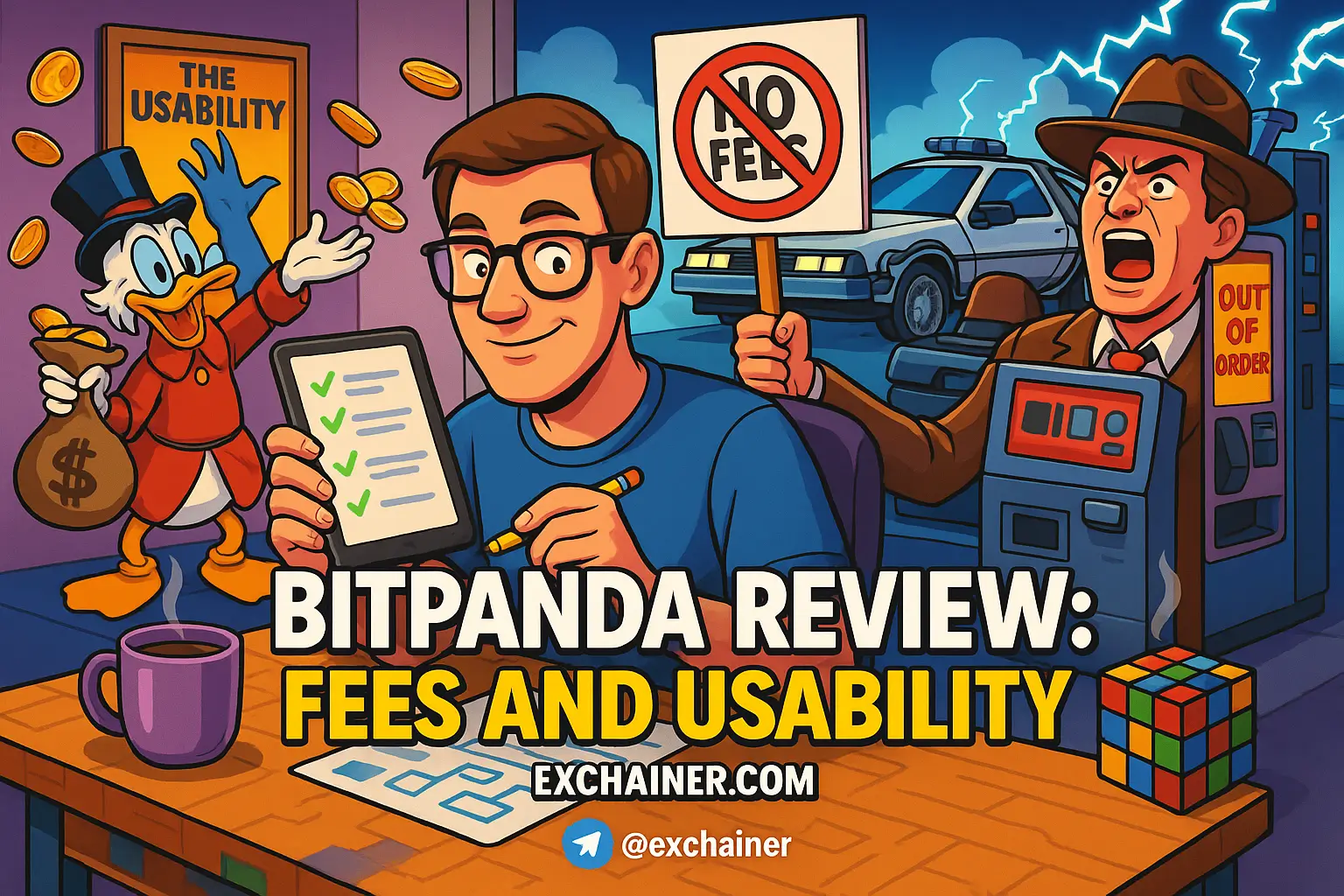Navigating the world of cryptocurrency can feel like stepping into a vast and often bewildering landscape. As a beginner, you might be excited about the possibilities of digital currency, but it’s crucial to understand the risks involved. With the explosive growth of the crypto market and countless new projects appearing daily, the risk of encountering fake crypto projects has risen dramatically. Knowing how to spot these scams can save you significant losses and protect your investments. This comprehensive guide will walk you through the essential steps to identify fake crypto projects, equipping you with the knowledge you need to make informed decisions in this thrilling space.
When exploring the cryptocurrency realms, you may come across a plethora of terms and projects. It’s vital to understand that while many legitimate projects are genuine and seek to innovate and disrupt various industries, a notable faction aims only to exploit unsuspecting investors. These scams can adopt many forms, from fraudulent trading platforms and rug pulls to pig butchering schemes. By familiarizing yourself with red flags associated with fake crypto projects, you’ll be better positioned to navigate the complex landscape of digital currencies. Let’s dive into the key characteristics to look out for when assessing the legitimacy of a crypto project.
Red Flags of Fake Crypto Projects
Recognizing the warning signs of a fake crypto project is crucial in protecting yourself from fraud. Here’s a closer look at some of the most prominent red flags to keep in mind.
1. Outlandish Promises and Lack of Substance
It’s common to see projects promising astonishing returns or revolutionary technologies, but beware! Projects that promise returns that seem too good to be true often are. Many scams employ vague language filled with buzzwords but fail to provide any concrete details about their underlying technology or business model. Always look for:
- Clear explanations about the technology.
- A reasonable roadmap that outlines development and utility.
- Transparency regarding how funds will be used.
A genuine project will be excited to share specifics and be ready to engage with potential investors.
2. Anonymous or Shady Team
A strong team is one of the pillars of a trustworthy crypto project. If you cannot find information about the team’s backgrounds or if they’re hidden behind pseudonyms, this should raise red flags. Verify:
- The team members’ identities and their professional histories.
- LinkedIn profiles or credible interviews which establish real-world credentials.
Scammers often rely on anonymity to shield themselves from potential repercussions. A transparent team is far more likely to be reputable.
3. Sketchy Tokenomics
Understanding the tokenomics of a project is another critical aspect to consider. Here are some important factors to examine:
- Distribution Model: How are the tokens distributed? If the majority is allocated to the team or a small group, it could indicate potential manipulation.
- Utility: Does the token serve a purpose within the ecosystem? If not, be cautious.
Investigating these aspects can give insight into the project’s sustainability and intentions.
4. Lack of Regulation and Unregistered Entities
Check if a platform is registered and compliant with local regulations. Many reputable projects align with financial authorities, making transparency a priority. Always verify:
- Registration with relevant entities like FinCEN or local regulatory bodies.
- Compliance with Know Your Customer (KYC) and Anti-Money Laundering (AML) policies.
A lack of regulation is a significant red flag, as most scams operate outside legal oversight.
5. Poor Online Presence and Customer Service
Legitimate projects usually have robust online presences, including professional websites and active social media accounts. If you notice:
- A lack of consistent updates or engagement on platforms like Twitter or Telegram,
- No physical address or phone number for customer support,
These could be indications of a scam. Scammers often hide to avoid accountability for their actions.
6. Domain Details and Website Age
When assessing a project, a quick check of its website’s domain can unveil red flags. New domains claiming extensive experience should raise suspicions. Investigate:
- The duration for which the domain has been active.
- The website’s design and quality; scams often have poorly designed sites without essential information.
Additionally, check review sites or forums for user experiences related to the project.
7. Overemphasis on Price Predictions and Aggressive Marketing
A legitimate project will focus on innovation, community growth, and utility rather than making unfounded price predictions. Warning signs include:
- Heavy marketing and pressure tactics encouraging fast investments.
- Promises that guarantee profits.
In the world of crypto, it’s essential to prioritize informed decisions over sensational promises. Responsible projects encourage scholarly investment.
How to Protect Yourself
Protecting yourself involves a combination of research, community engagement, and skepticism. Here are proactive strategies to enhance your investment safety.
1. Demand Transparency
Don’t hesitate to ask for details when considering investment opportunities. A trustworthy project will be happy to provide:
- Whitepapers outlining their model and plans.
- Regular updates on developments and financials.
Always remember: if they resist transparency, it’s a red flag.
2. Evaluate Online Presence
Take a moment to assess the project’s online profiles. Authentic projects should have:
- A professional-looking website that is easy to navigate.
- Consistent branding across different social media platforms.
This consistency fosters credibility, while misinformation often points to scams.
3. Verify Team Backgrounds
Conduct thorough research on project leaders. Use platforms like LinkedIn to:
- Look for team experience in relevant fields.
- Examine their reputation in the crypto communities.
Involving reputable individuals in a project enhances trustworthiness and decreases risk.
4. Inspect Smart Contracts and Community Feedback
Understanding the smart contracts can reveal critical insights about the project’s legitimacy. Seek projects that have:
- Conducted external audits of their contracts.
- Positive community feedback without deleted posts praising the project.
If there’s a notable amount of negative sentiment without resolution, consider it a warning sign.
5. Use Tools for Research
Harness technology to help streamline your research. Tools such as:
- DEX Screener: Analyze price movements and trades on decentralized exchanges.
- Bubble Maps: Visualize the token network and connections within the ecosystem.
These resources make it easier to gather essential data about projects.
6. Stay Informed and Skeptical
The crypto landscape is continually evolving, and so are the tactics of scammers. Make it a point to:
- Regularly read news articles to stay updated with the latest scams.
- Approach opportunities with skepticism, especially those that seem exceptionally lucrative.
Staying informed can significantly enhance your chances of making sound investments.
7. Participate in Community Forums
Engage with communities on platforms like Discord and Telegram. This interaction can help you assess projects by:
- Talking with current investors and users.
- Learning their experiences or concerns with the project.
Authentic feedback often highlights insights that aren’t available elsewhere.
Conclusion
In this ever-growing and dynamic landscape of cryptocurrency, being vigilant and educated is your best defense against scams. By recognizing the common red flags of fake crypto projects, employing strategic measures for protection, and continually updating your knowledge, you will be well-equipped to navigate this exciting yet complex space safely. Remember, investment in cryptocurrency should never be taken lightly—only engage with projects that demonstrate transparency and viability.
As you embark on or continue your crypto journey, we invite you to explore more guides, tips, and resources on Exchainer.com. Check out our Crypto 101 category for foundational knowledge, stay updated with our Exchange Reviews, and keep an eye on the latest developments in our News section. For tools and wallets, visit our Tools and Wallets resources. Your journey into the world of cryptocurrency can be both exciting and rewarding with the right knowledge and strategies.
Ready to dive deeper into the world of cryptocurrency and stay updated with the latest trends? Join our vibrant community on social media! Follow us on YouTube for insightful videos, connect with us on X for real-time updates, explore stunning visuals on Instagram, and engage with our community on Facebook.












